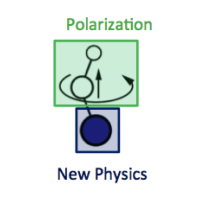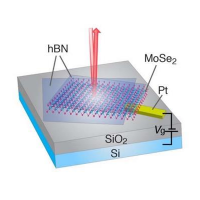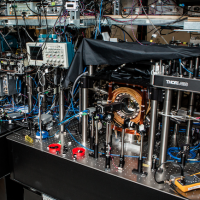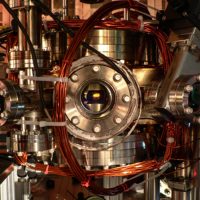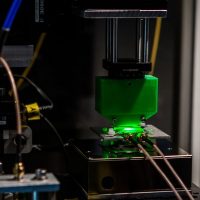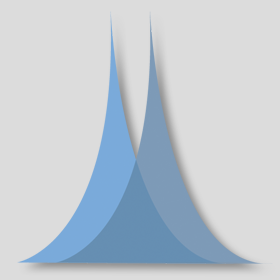News: Research Highlights
Wed January 1, 2014
Quantum Interference Between Independent Reservoirs in Open Quantum Systems
News type:
Wed January 1, 2014
Vibrational quenching of the electronic ground state in ThO in cold collisions with 3He
News type:
